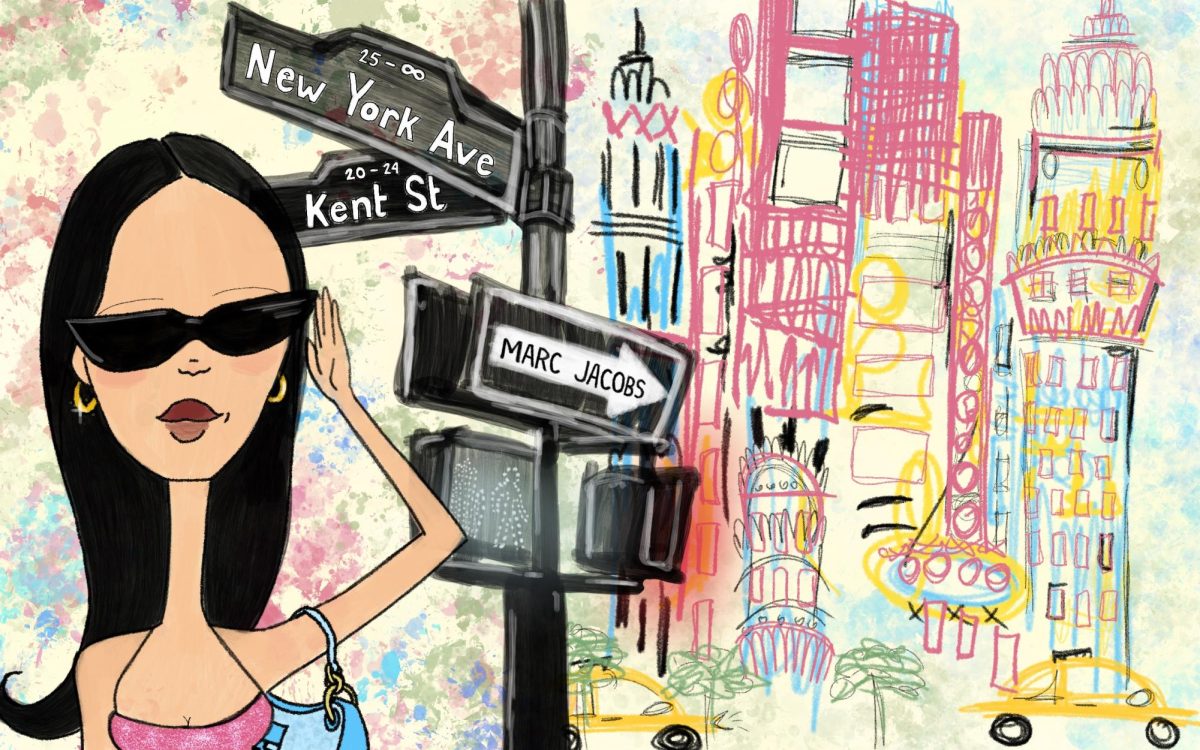
Inspired by Chelsea Carpenter
Ten years ago, the average consumer wouldn’t consider the processes used to produce the garment they’re purchasing. By 2020, a conversation about ethical and environmental issues has begun that will continue for years to come.
A Consumer Awakening
In the late 2000’s, some aspects of sustainability began to gain speed. Most notably, the “Slow Fashion” movement had gained popularity in defiance of fast fashion’s takeover. A 2009 Vogue article even discussed the movement as many industry leaders predicted its growth. While the campaign was successful at the time, it would be years until anti-fast fashion became mainstream under the umbrella of sustainability.
One of the biggest reasons consumers are interested in sustainability is the issue of ethics. More and more people are beginning to ask themselves, “Where were my clothes made? Who made them? How much were they paid? And how were their working conditions?” The answer to these questions is usually worse than consumers expect.
In 2013, the Rana Plaza collapse in Dhaka, Bangladesh caught the attention of media outlets worldwide. When the final death toll of 1,134 people was announced, American consumers began to realize the cost of their inexpensive clothing was the innocent lives of garment workers in developing countries.
This tragedy was not the first or last of its kind. Bangladesh, being one of the cheapest countries to export garment production from, generates the most profit out of all developing countries. Despite this, workers face low wages and unsafe work conditions.
Sustainability focuses not only on how industries affect people, but how they affect the planet. The last decade has been the most impactful in climate change awareness, finally sparking serious conversations between the government and the people about how to reverse its effects. Because of the rising concern for the environment, consumers want clothing production that helps the planet instead of hurting it. In the fashion industry, this includes using recycled textiles, purchasing secondhand items, supporting carbon neutral brands and more.
The Industry from the Inside
At the Kent State Fashion School, today’s consumers are studying to join the next generation of designers and merchandisers. The university fashion program focuses heavily on sustainability and how as the next wave of industry leaders, we need to protect both the environment and garment workers from the hazards of apparel production.
Lauren Copeland, assistant professor of The Fashion School, makes a conscious effort to integrate sustainability into her lessons, a message consumers should heed to as well.
“A great film to educate yourself in a fun and simple way is called ‘The True Cost,’” Copeland said.
This documentary is a required viewing by freshmen in Copeland’s fashion fundamentals class and is used to demonstrate to students why sustainability is important to incorporate into the industry.
The Industry and Consumers
The reluctant response from the fashion industry has been to adapt to both what is happening in the world and what consumers are demanding. Today, a majority of brands, even the worst fast fashion offenders, release social responsibility statements addressing their relationship with environmental sustainability, supply chain transparency and ethicality. Whether or not the intentions behind these companies’ actions are genuine, this is a step in the right direction.
“Additionally, not buying or consuming apparel is crucial,” Copeland said. “The more we buy and if we do not do the research in what specific brands and their production processes we are buying, we are supporting the culture of consumption, which is good for capitalism but more often not for the persons and environment, which ultimately pay the price.”
Multiple brands like Reformation and Everlane have been trending in recent years for their mission of sustainability. They have paved the way for countless brands and together, they sparked a shift in consumer thought and behavior. Those who can’t afford the higher price tag that comes with socially-responsible retailers have opted to shop secondhand. This has been made more accessible with brick and mortar thrift stores and online stores like Depop and ThredUp.
Ultimately, the power and control always weighs in the hands of the consumer.
“We vote for what world we want to live in with our dollars each time we purchase anything,” Copeland said. “Consumers have the power.”












